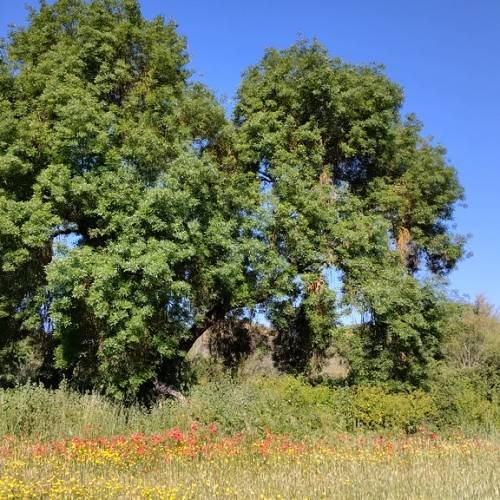
narrow-leafed ash
Fraxinus angustifolia
Cycle:
Perennial
Watering:
Average
Hardiness Zone:
7
Flowers:
Flowers In Spring
Sun:
Deep shade, Filtered shade, Part sun/part shade
Soil:
Acidic, Humus rich, Well-drained
Fruits:
Fruits In Summer Ready In Fall
Edible:
Yes
Leaf:
Yes
Growth Rate:
Moderate
Maintenance:
Low
Poisonous To Humans:
Yes
Poisonous To Pets:
Yes
watering
Cascara should be watered moderately throughout the year. During summer months, provide sufficient water to keep the soil slightly moist, but be sure to never let it become overly soaked. During winter months, reduce the amount of water slightly. To establish a strong root system, water the base of the plant 1 to 2 times per week in the first few months of growth. Watering in the early morning or in the evening is best, so the leaves can dry during the day to prevent disease.
sunlight
Cascara is native to the American Pacific Northwest and prefers full sun or partial shade, so depending on where it is located, the amount of sunlight it receives will vary. In the northern parts of its growing range, it may receive as much as 8-10 hours of direct sunlight daily during the summer months. In more southern regions, it should receive at least 4-6 hours of direct sun daily. It should never be placed in a location where it will be in direct afternoon sun, as this may burn its delicate foliage. In addition to the amount of sunlight, cascara should also receive bright, indirect light throughout the remainder of the day.
pruning
Cascara (Frangula purshiana, syn. Rhamnus) should be pruned during its first 2 or 3 years in the late winter or early spring. Prune off any dead, diseased, or crossing branches, and any branches that are less than 1 inch in diameter, being sure to use sharp clean pruners. After the third year, prune each spring after flowering, removing any dead, diseased, or crossing branches, as well as any weak or spindly branches. Cascara should be pruned hard each year, to produce strong, healthy growth.
